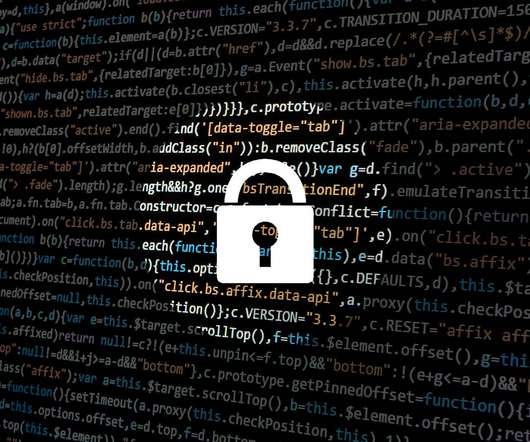5 Steps to Effective Data Defense
Kaseya
FEBRUARY 5, 2019
Without this constant barrage of news about new, widespread malware, you may be tempted to relax in your approach, convinced that whatever security you have in place is enough. Among the latest victims: backup files. Securing Backups. Step 1 — Copy: When it comes to backup, redundancy is not a bad thing!















Let's personalize your content